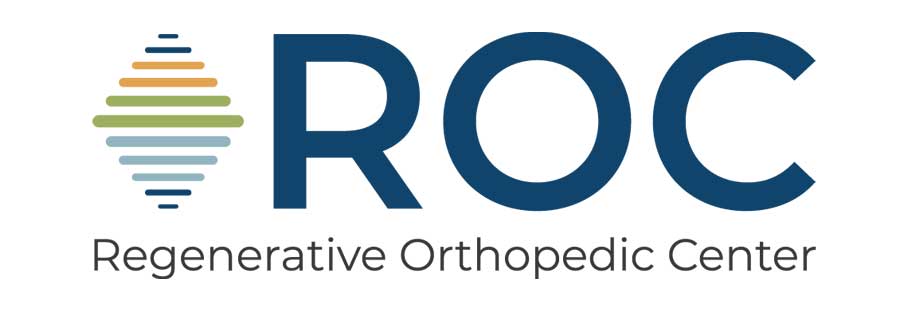What is Tennis Elbow?
Tennis elbow, medically known as lateral epicondylitis, is a condition caused by overuse of the tendons that attach to the outside of the elbow. It’s a common injury among athletes, particularly tennis players, but it can affect anyone engaging in repetitive arm movements. The condition results in pain and inflammation around the elbow joint, often making it difficult to grip or lift objects.
Common Causes and Symptoms
Tennis elbow occurs due to repetitive stress on the tendons that control wrist and forearm movements. The condition is usually linked to:
- Sports: Racquet sports like tennis and squash, or even activities like rowing, can lead to this condition, especially when improper technique is used.
- Physical labor: Professions that require repetitive motions—such as carpentry, painting, or plumbing—can strain the tendons over time.
- Everyday activities: Even common actions like typing or carrying groceries can lead to tennis elbow when done frequently without rest.
The main symptoms of tennis elbow include:
- Pain on the outer elbow: This pain may extend down the forearm and is often triggered by activities like gripping or lifting.
- Weak grip strength: You may notice difficulty holding objects, especially those that require squeezing or twisting motions.
- Stiffness in the elbow: The elbow may feel stiff or tender when you move or extend your arm.
What Are Your Treatment Options?
Fortunately, tennis elbow often responds well to non-invasive treatments. Here are some common approaches:
- Rest and activity modification: Giving your elbow time to heal by avoiding activities that cause pain is essential.
- Ice therapy: Applying ice packs several times a day can help reduce inflammation.
- Medications: Over-the-counter pain relievers such as ibuprofen can help alleviate pain and swelling.
- Physical therapy: A physical therapist can guide you through exercises designed to strengthen your forearm muscles and improve flexibility.
- Bracing: Using a brace or strap around your forearm can reduce the strain on your tendons.
- Steroid injections: In more severe cases, injections of corticosteroids may be needed to reduce pain and inflammation.
- Surgery: For cases that don’t respond to other treatments after 6 to 12 months, surgical options are available to repair the damaged tendon.
Prevention Tips
You can lower your risk of developing tennis elbow with a few simple strategies:
- Strengthen your muscles: Regularly performing exercises that target your forearm can help build muscle strength and tendon resilience.
- Use proper technique: Whether you’re playing sports or working, ensure you’re using the correct form to avoid unnecessary strain on your tendons.
- Take frequent breaks: If you engage in repetitive tasks, make sure to rest your arms to prevent overuse injuries.
- Warm up: Always take a few minutes to stretch and warm up your arm muscles before engaging in physical activities.
When to Consult a Specialist
If conservative treatments don’t alleviate your symptoms, or if the pain worsens over time, it’s important to consult a specialist. They can evaluate your condition and recommend advanced treatment options tailored to your needs. With the right care and preventive measures, you can recover fully and regain normal function in your elbow and arm.
Want to learn more? Reach out to our specialists at ROC today for personalized advice and treatment options!
